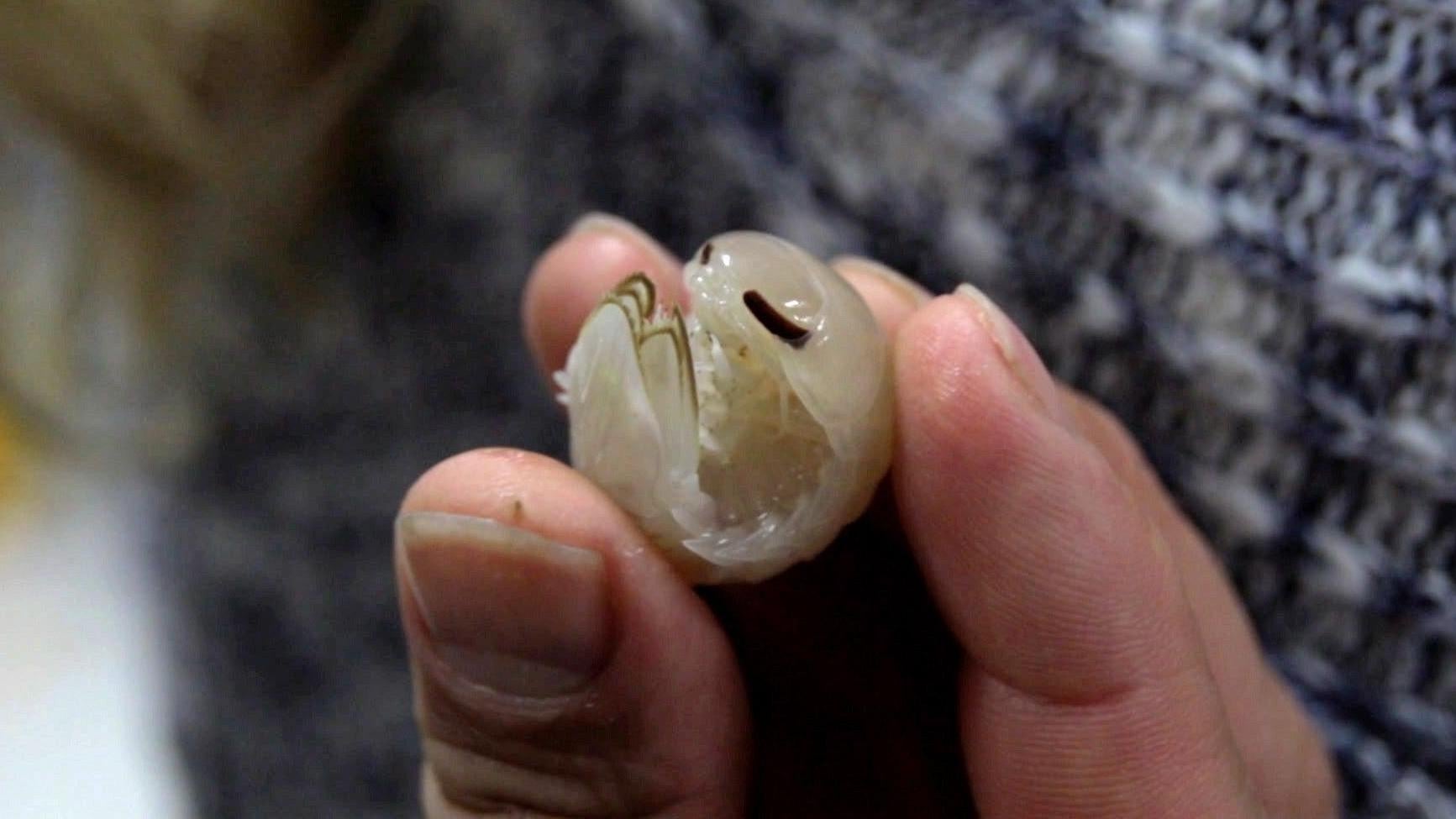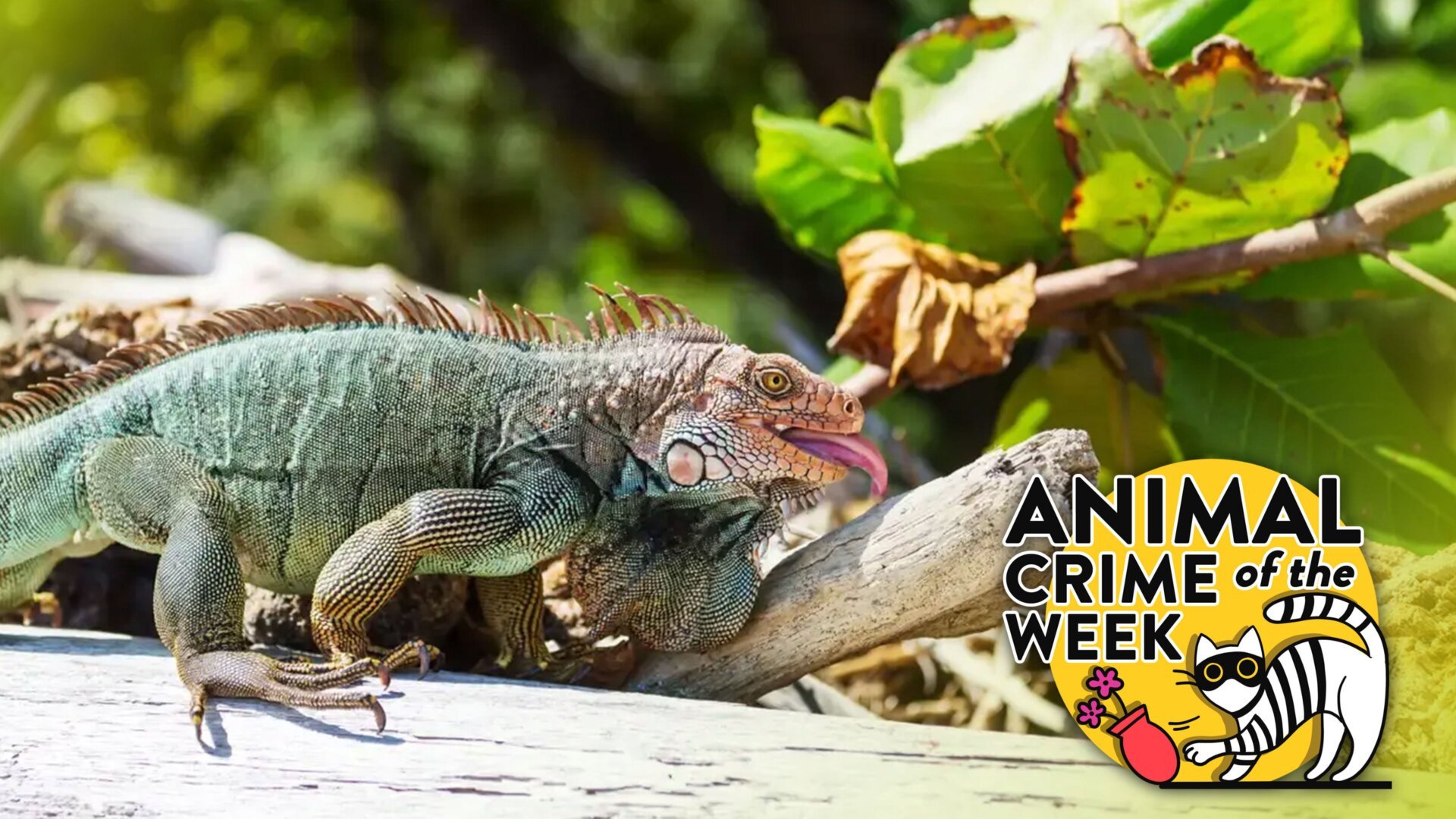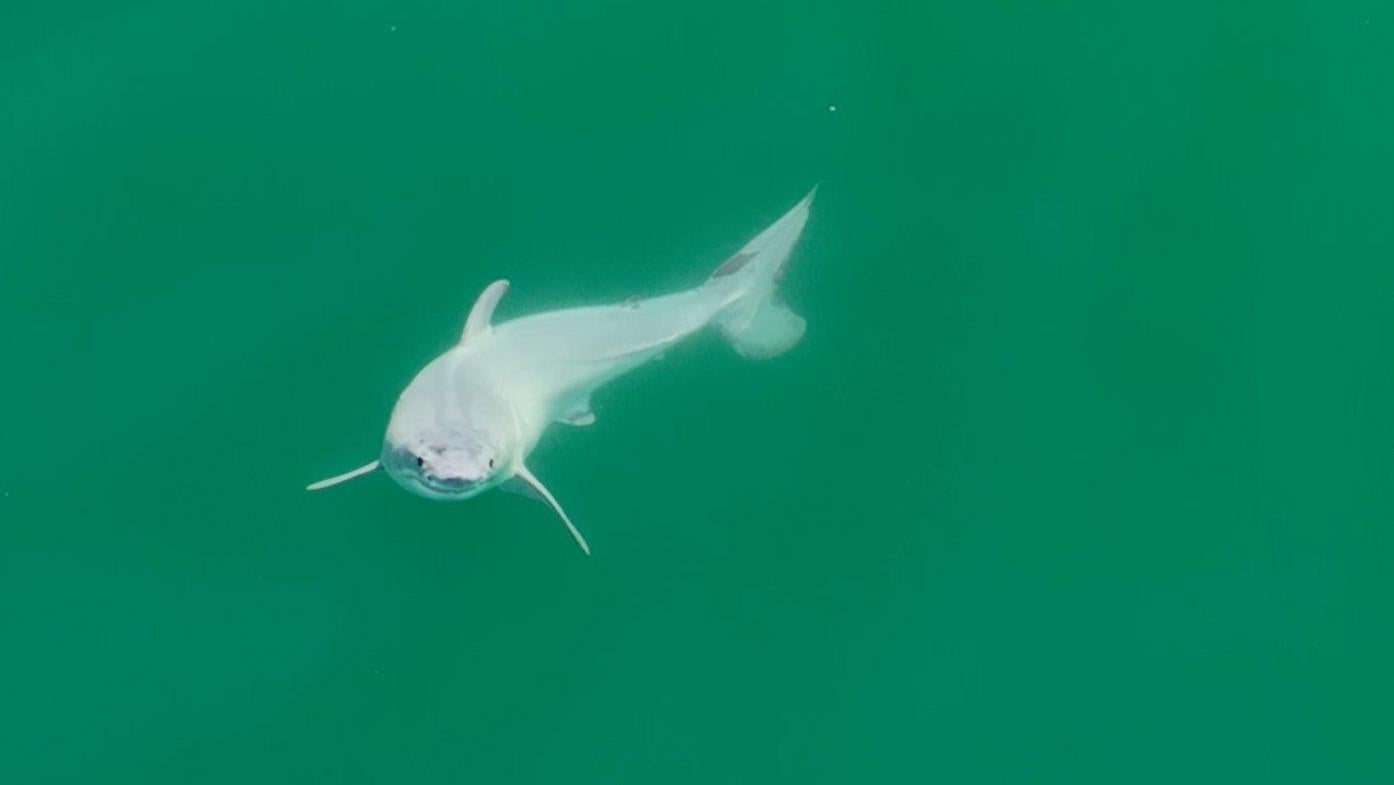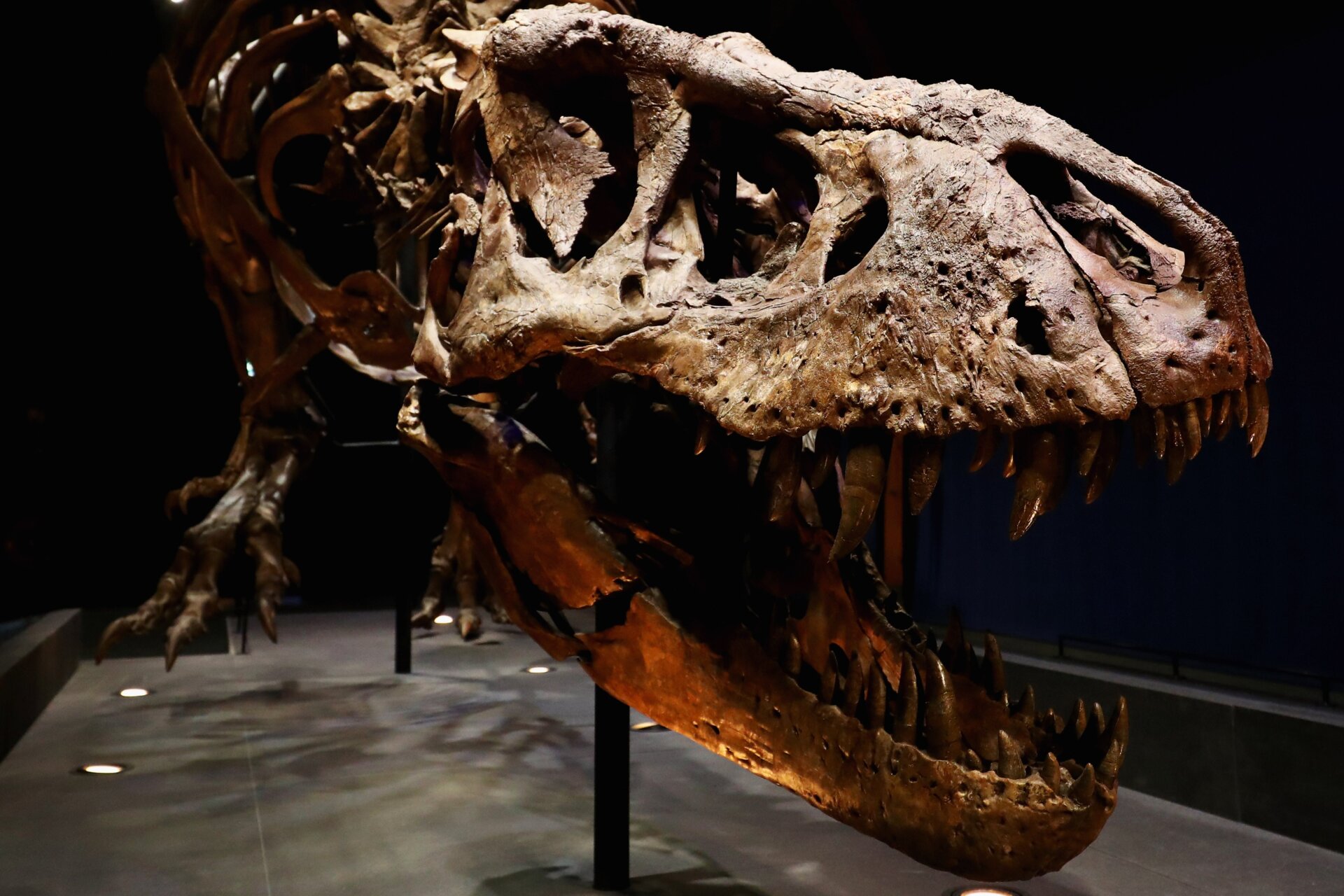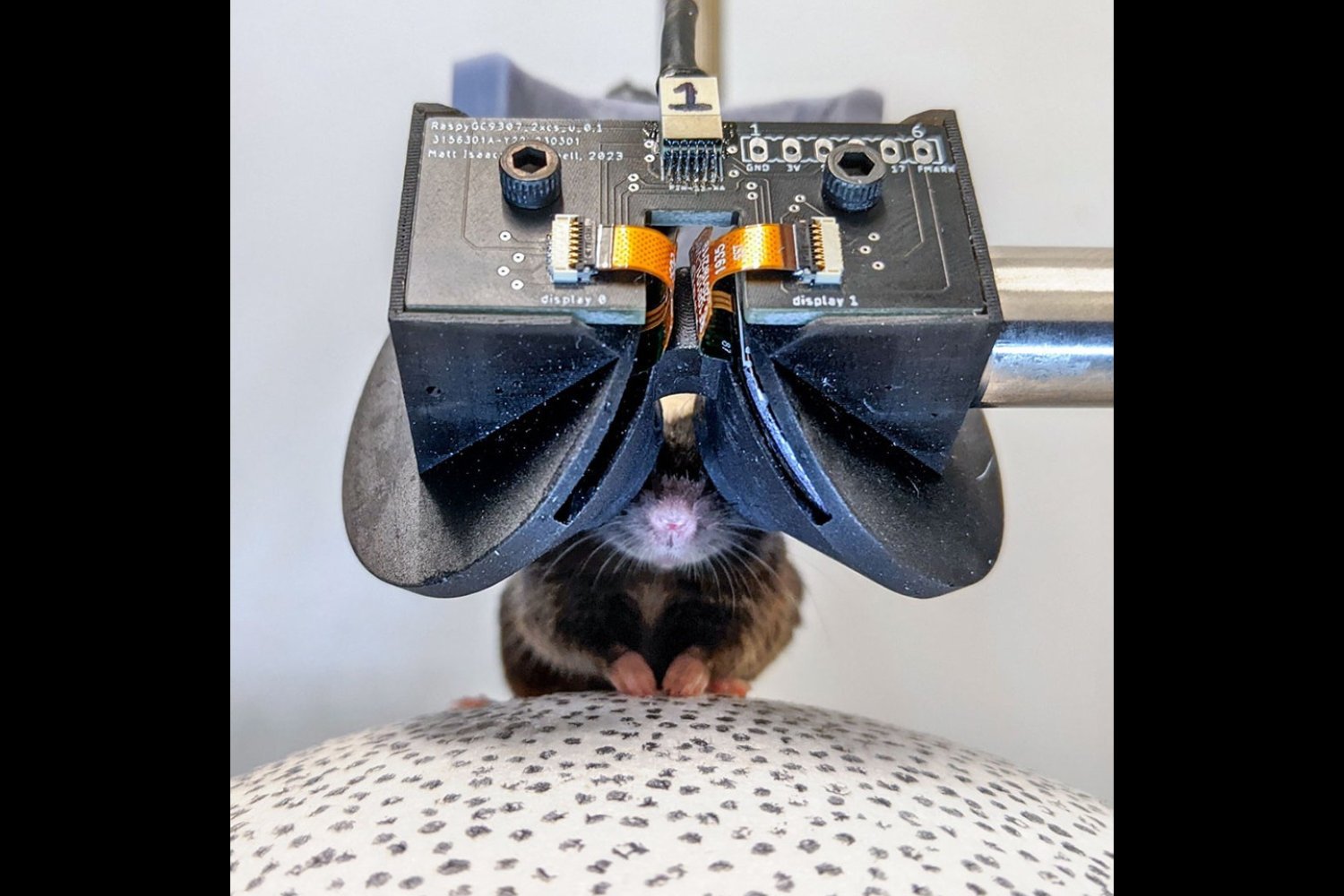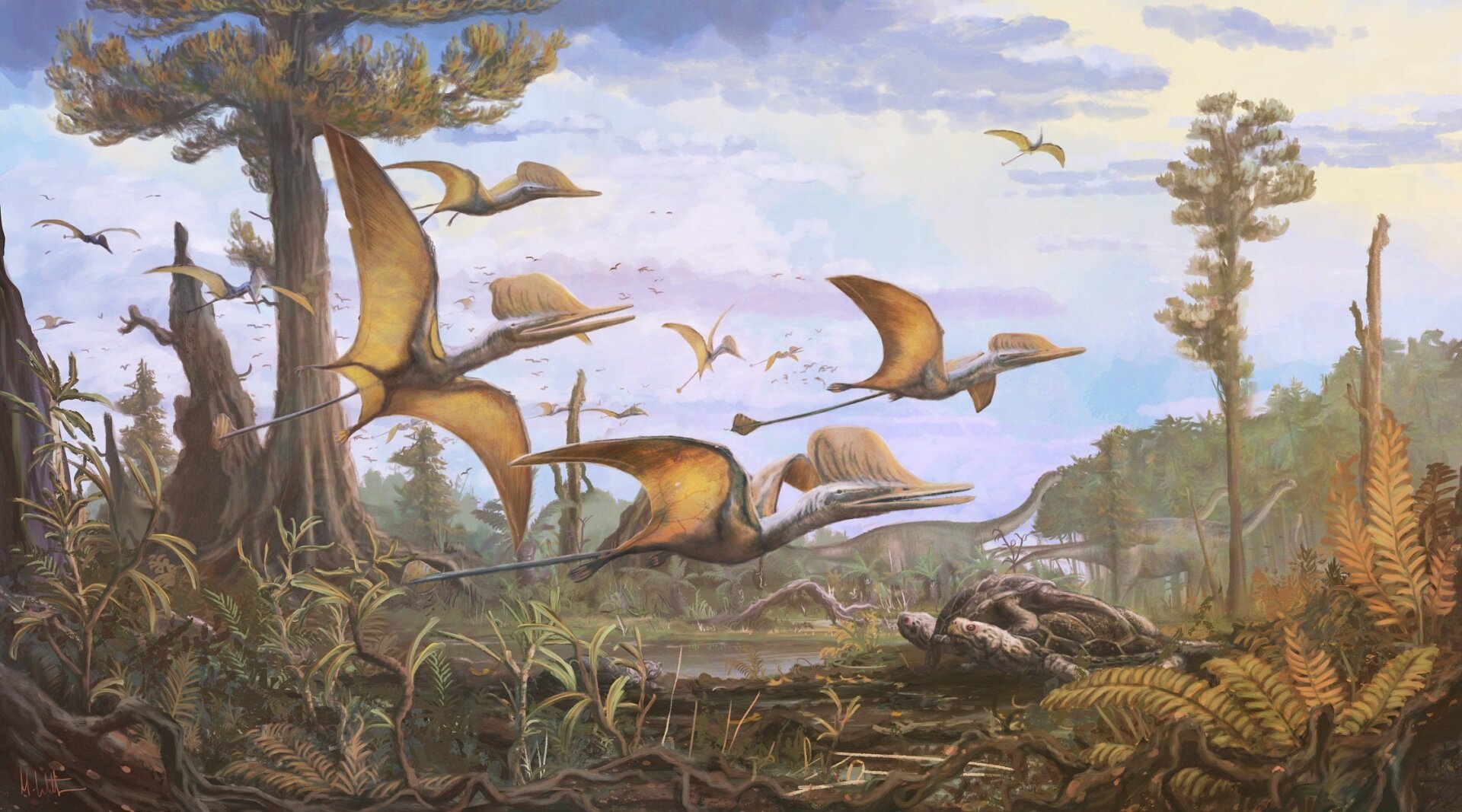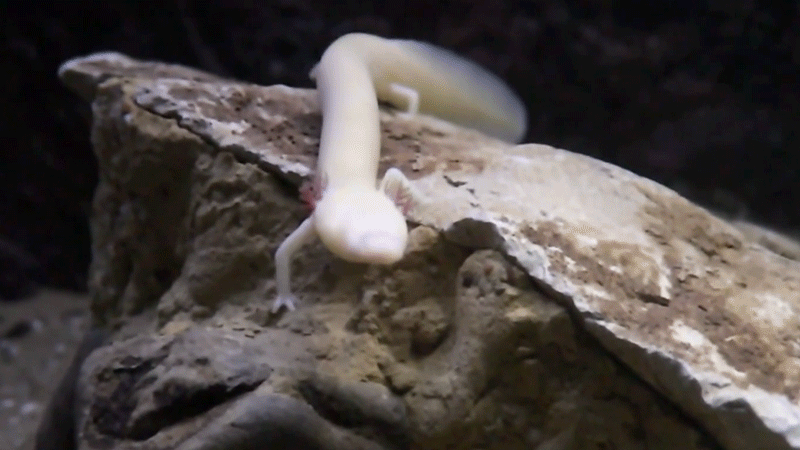This recently discovered deep-sea isopod, Booralana nickorum, adds to the known biodiversity of the ocean’s depths. Found in the Exuma Sound, Bahamas, this pinky-length crustacean is only the second species of its genus described from the Western North Atlantic. It’s a member of the Cirolanidae family, related to the common terrestrial roly-poly, or pill bug.
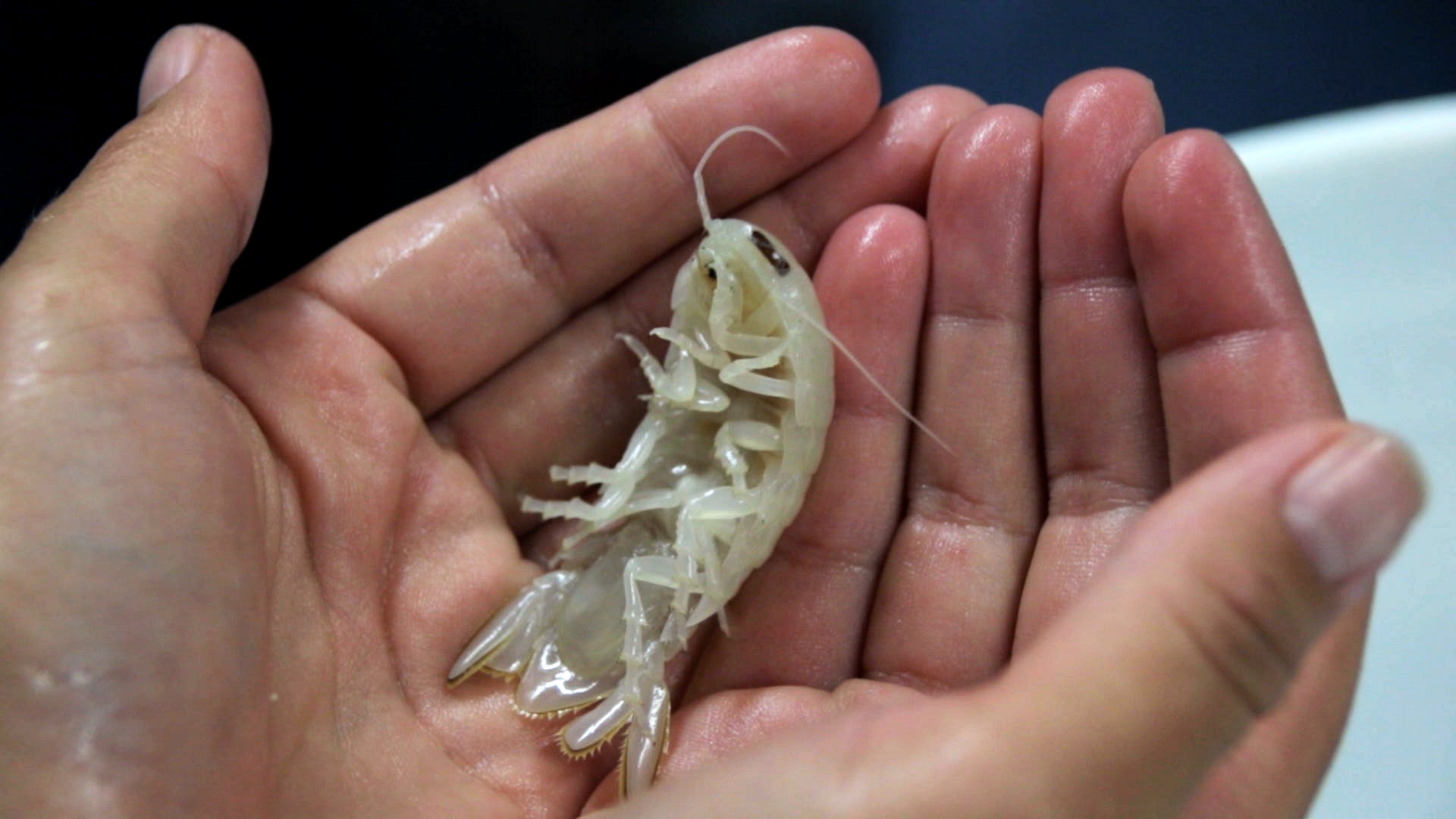
Recovered during 2019 dives conducted by the Cape Eleuthera Institute and OceanX, B. nickorum was found at a depth of approximately 1,800 feet (548 meters). The discovery, detailed in a recent Zootaxa publication, highlights the importance of organic matter flow from shallower ecosystems to the deep sea. “Seagrass, mangroves, all that sort of stuff gets swept off the shelves and basically dumped right down into this deep-sea community,” explained study author Oliver Shipley, an ecologist at Stony Brook University, in a video call with maagx.com. “And that’s really important, because the more energy there is, the better the chances are that there are higher levels of biodiversity down there as well.”
A Tiny Relative of the Giant Isopod
While significantly smaller than its giant relative, B. giganteus, which can exceed a foot in length (30.5 centimeters), B. nickorum measures a modest 2.17 inches (5.5 centimeters) long. Researchers identified this isopod as a distinct species based on its unique physical characteristics, though genetic analysis was not performed. The isopod likely scavenges detritus that descends the Exuma Sound slope, a natural repository for organic material sinking into the deeper ocean.
Exploring an Undiscovered Realm
Describing the isopod’s habitat, Shipley likened the deep-sea environment to “being in a sci-fi movie.” He emphasized the limited research on Caribbean deep-sea ecosystems, stating, “Caribbean deep sea ecosystems are really, really, really poorly studied. The potential for novel discovery is massive.”
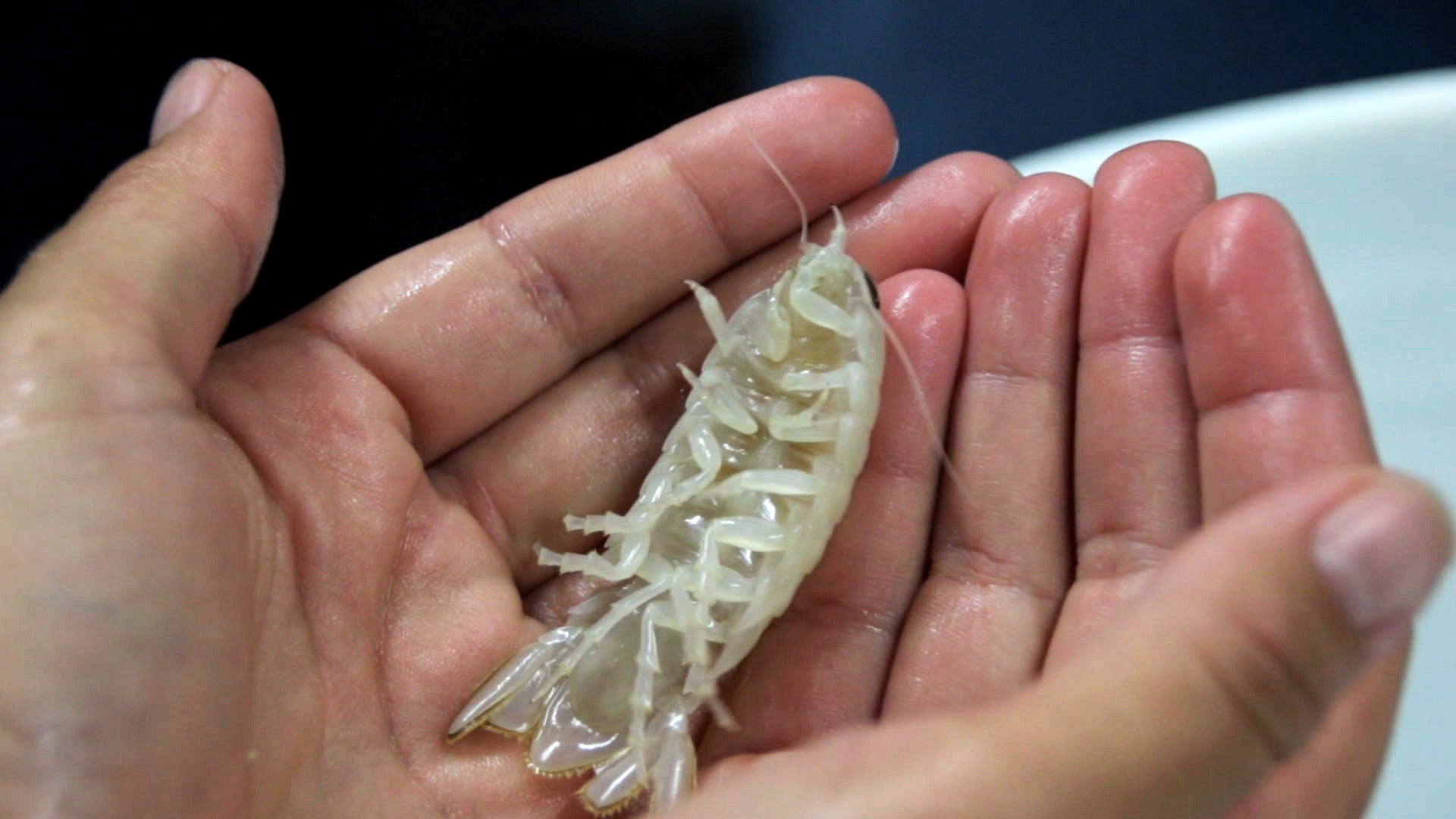
This discovery of B. nickorum joins other recent findings, such as deep-sea coral reefs in the Galápagos and octopus nurseries off Costa Rica, demonstrating the rich biodiversity hidden in the ocean’s depths. The critical question remains whether these unique ecosystems can be preserved as human activities increasingly impact these unexplored environments.
Preserving Deep-Sea Biodiversity
The discovery of B. nickorum underscores the vast, largely unknown biodiversity of the deep sea. As human activity expands into these areas, preserving these fragile ecosystems becomes increasingly vital. Further exploration and research are crucial to understanding and protecting the unique life forms that inhabit these hidden realms.



